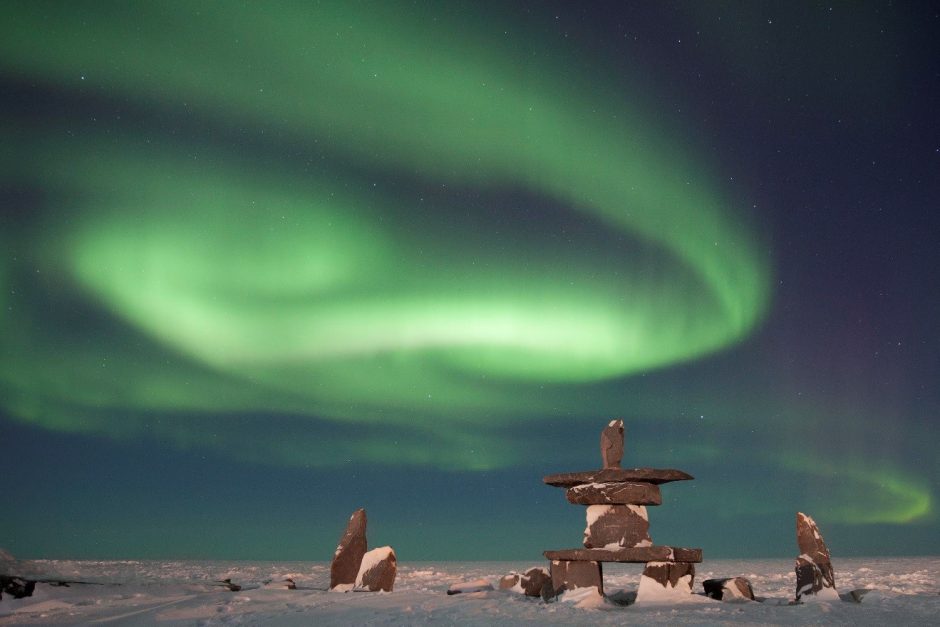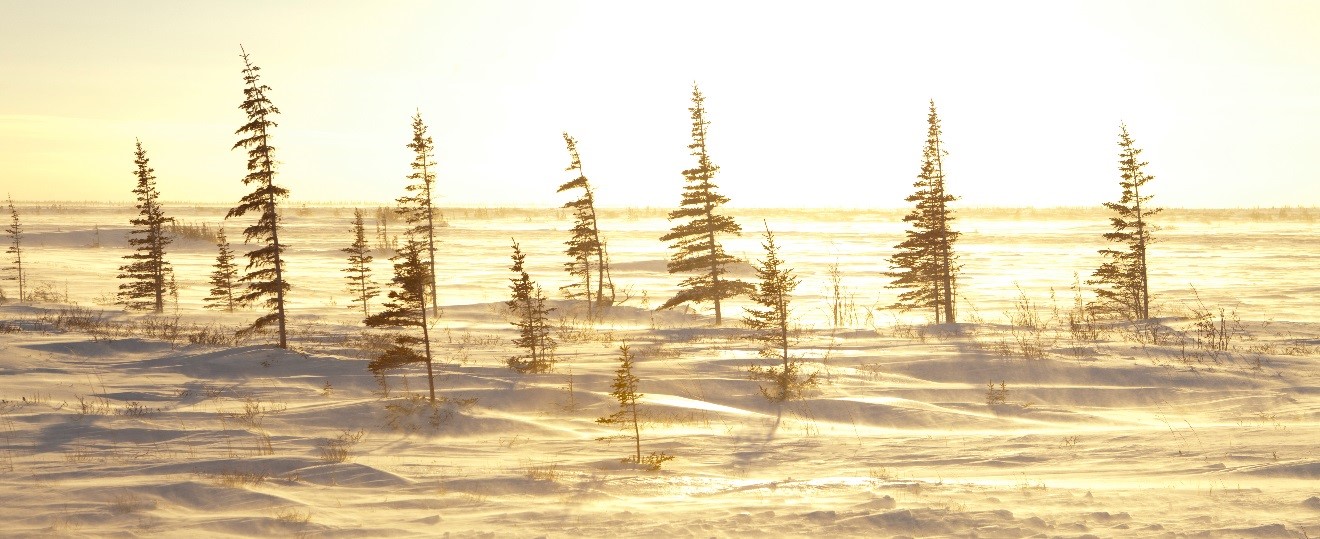
What’s in the Bag? Northern Lights Arctic Adventure
A highlight of any outdoor photographer’s travel career, photographing the northern lights is rewarding, but requires rather specialized camera equipment. Read on to get familiar with the gear you need to get the shots you’ll love.
Please note, photographic styles vary, as do conditions on the ground. While this is meant to be a guide for choosing your camera gear, you should consider your own photographic interests first and foremost.

While an adventure to the arctic to photograph the aurora can be very multidimensional, with iconic winter scenes, local culture, sled dogs, etc. (especially if you join a dedicated photo tour), the lights themselves require a limited but exact amount of equipment. The key ingredients being a tripod, an ultra wide lens, and a sense of adventure.
Ultra wide angle
This is going to be your go-to when photographing the lights. A 10-22mm or 12-24mm on a crop-frame sensor or 16-35mm or 17-40mm on a full frame sensor is ideal. Although this is a specialty type of lens and isn’t necessarily in every photographer’s kit, it is indeed the best lens for shooting the aurora for several reasons. 1) it allows you to get a good majority of the sky in your shot, 2) you can incorporate interesting foreground elements (trees, igloos, etc.) while also capturing the beautiful sky, and 3) it allows a certain margin of error if you don’t compose your shot perfectly. Being so wide, you can straighten and crop your shot as needed, while still getting a lot in your scene. An important piece of this puzzle is to make sure that this lens is fast. This means, a low f/stop number. It really ought to be capable of f/4 or lower (f/2.8 or f/1.4 is ideal).
Wide angle zoom
These are great all-around lenses, it’s key to bring this on your adventure to photograph the northern lights. Not as perfect as an ultrawide for the lights themselves, but is great for a “walking around” lens. Gorgeous spruce trees, evocative sunsets, and local culture can be best photographed with a wide angle zoom. Something like an 18-55mm on crop frame cameras or, 24-70mm or 24-105mm on full frame cameras is ideal.

Zoom telephoto
This is not specifically useful for a northern lights photo expedition, but no doubt you’ll always find something to use this lens for. While wildlife isn’t overly abundant during the peak aurora-viewing winter season, you may regret not having such a lens if an arctic fox pops up. Something in the range of a 70-200mm or 70-300mm, is great.
X-factor lenses
A fish eye lens can be wildly fun when photographing the northern lights. It takes the “ultra-wide” to the next level and allows you to get nearly the full sky and foreground in the same shot. Although it will distort the photo at the corners (as all fish eye lenses will do) there’s something about the rounded nature of the sky itself that makes it justifiable and quite attractive in the resulting photo.
Flashes
There is virtually no use for these, as a simple flashlight will be enough to illuminate your subject, should you wish to photograph, say, a person in your northern lights photo.
Tripods
An absolute critical piece of gear, since each shot of the aurora will have to be a long-exposure of at least 5 seconds. Be discerning when purchasing a new tripod, as you want it to be as easy as possible to use. Different people have preferences for “snap locking” legs, vs. “twist locking” legs. If it’s difficult for you to work and maneuver in the store, imagine what it’ll be like in -20F temps as your hands tremble with excitement of seeing the majestic aurora for the first time!
Other accessories
A headlamp is a handy tool to have, as it’ll allow you to adjust your camera settings hands-free in the dark. It’s also great if you wish to “light paint” various subjects, whether it be a snow-covered stand of trees, or a portrait of a fellow traveler.
As you can see, the gear needed for a northern lights photography expedition is a bit different than any other nature or wildlife trip. Even though these recommendations and guidelines are meant specifically for shooting the aurora, consider what else you may be doing on your adventure. With all expeditions, versatility is key, so make sure that an ultra wide angle lens is the first lens in your bag, but not your only one.
Go forward and give it a shot,
Court
Leave a reply